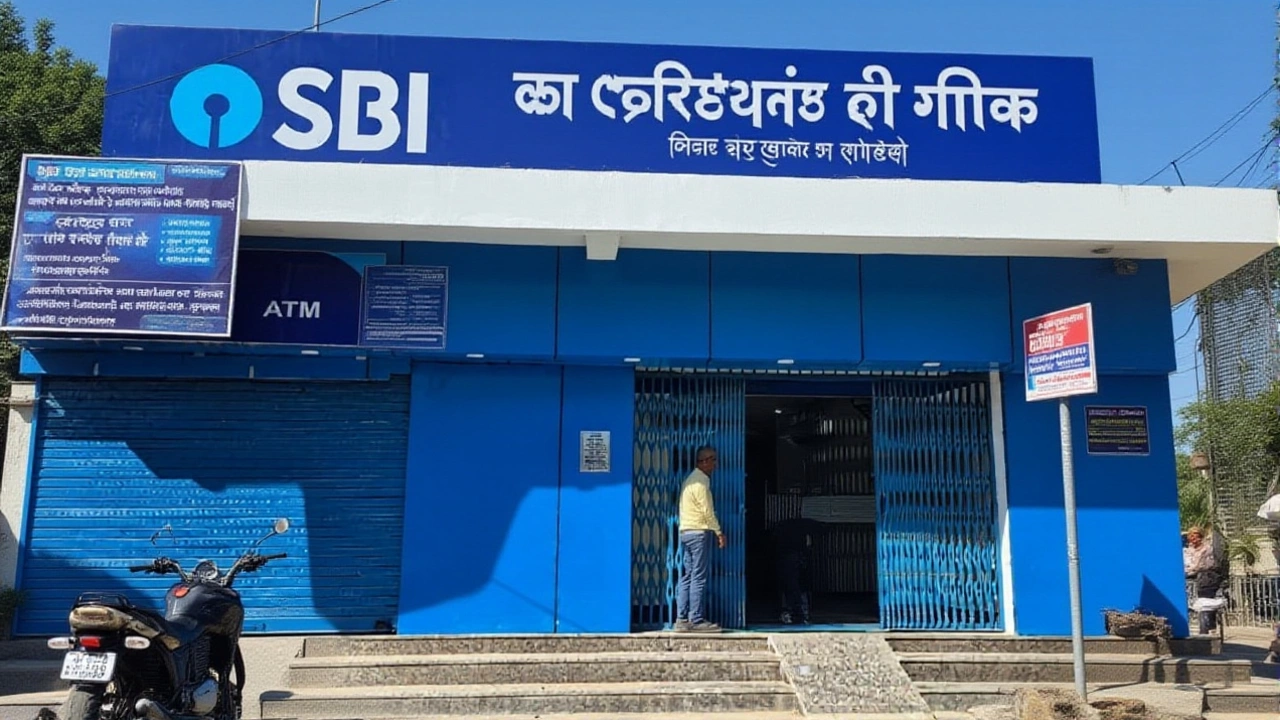Digital Banking in India – What You Need to Know
Digital banking isn’t a buzzword anymore; it’s the way most Indians handle money today. With a smartphone in hand, you can open an account, transfer funds, and apply for a loan without stepping into a branch. This shift saves time, cuts costs, and brings financial services to places where brick‑and‑mortar banks never reached.
Why Digital Banking Matters
First, convenience drives adoption. Imagine paying a bill at midnight from a village while your neighbour sleeps. Apps like Paytm, PhonePe, and the giants’ own mobile platforms let you do that in seconds. Second, lower fees mean small businesses keep more profit. When a shop owner receives a QR‑code payment, they avoid the high commission of traditional point‑of‑sale machines.
Third, security has improved. Two‑factor authentication, biometric log‑ins, and end‑to‑end encryption protect accounts better than a paper ledger ever could. The Reserve Bank of India (RBI) also enforces strict guidelines, forcing banks to update their tech regularly.
Key Trends Shaping the Future
AI is the next big driver. Banks now use chat‑bots to answer queries, flag suspicious activity, and even suggest personalized savings plans. For example, Google Gemini’s integration with some Indian banks helps generate instant loan offers based on a user’s spending pattern.
Open banking APIs are opening doors for third‑party developers. Start‑ups can embed banking services directly into shopping apps, making the checkout experience seamless. This collaboration is why we see more “bank‑as‑a‑service” models popping up across the country.
Another trend is the rise of neo‑banks – fully digital banks without any physical branches. They often offer higher interest rates on savings and lower loan rates because they cut overhead. Young professionals are flocking to them for better returns and a slick user experience.
Rural penetration is finally catching up. Government initiatives like Jan Dhan Yojana combined with affordable smartphones have brought millions of first‑time users online. These users now receive direct subsidies, wage payments, and insurance through digital means, reducing leakages and delays.
For businesses, digital banking means faster cash flow. Real‑time payments let suppliers get paid the moment an invoice is approved, freeing up working capital. Integration with accounting software also reduces manual data entry, cutting errors.
Looking ahead, expect more voice‑activated banking, deeper AI personalization, and tighter regulatory oversight to protect users. The core idea stays the same: make money management easier, cheaper, and more inclusive.
Whether you’re a student, a shop owner, or a tech‑savvy professional, digital banking offers tools that fit your daily life. Dive into an app, explore its features, and see how it can simplify your finances today.
RBI announces a week‑long bank holiday for Durga Puja, Dussehra and Gandhi Jayanti, keeping digital services running while branches in Kolkata, Guwahati and Agartala close from Sep 29‑Oct 5.
Read More
